Basic Science Faculty
Selva Baltan, M.D., Ph.D.
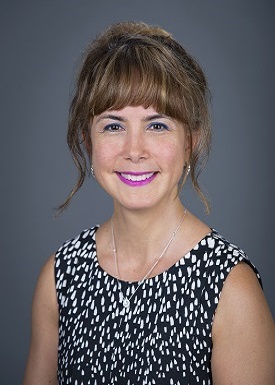
Dr. Baltan is Professor and Vice Chair for Research of Anesthesiology and PeriOperative Medicine (APOM) at Oregon Health & Science University (OHSU). Dr. Baltan grew up in Ankara, Turkey and earned her medical degree from Hacettepe University, Ankara, Turkey and a PhD in Neurophysiology from McGill University, Montreal, Canada. After completing an American Heart and Stroke fellowship at Neurology Department at Washington University, St. Louis, MO she joined Neurology Department at University of Washington, Seattle, WA and continued to her academic career as Assistant Professor and Associate Professor. In 2011 Dr. Baltan joined Neurosciences and Neurological Institute at the Cleveland Clinic until she joined OHSU in 2019 as Professor and Vice Chair of Basic Research. Dr. Baltan serves on the editorial boards of several journals including Conditional Medicine and Translational Stroke Research. She is a member of the American Heart Association Brain and Stroke Study Section and the National Institutes of Health Brain Injury and Neurovascular Pathologies (BINP) Study Section. Her research focuses on mechanisms of white matter injury to develop ideal stroke therapeutics that are directed towards neuronal and axonal protection across age, to restore function when applied after injury. Experimental approaches in her lab include optic nerve and corpus callosum slice models, employing electrophysiological recordings, and advanced microscopy techniques such as confocal, two-photon microscopy and 3D electron microscopy. The current focus of her lab is on elucidating the mechanisms of preconditioning conferred by Class I HDAC inhibition in young and aging white matter and the gene regulatory mechanisms underlying this protective phenomenon. Studying on the role of protein acetylation and mitochondrial dynamics in white matter stroke expands her findings to neurodegenerative diseases such as Multiple Sclerosis and Alzheimer ’s disease that involve white matter. Her research is funded by multiple NIH grants.
Eric Schnell, M.D., Ph.D.
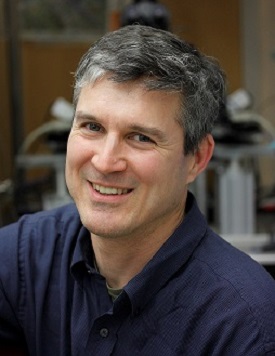
I am a clinician-scientist with an active basic and translational neuroscience research program. My research goal is to understand how synapses are formed by neurons and how these neurons contribute to information processing in both healthy and diseased brains. My lab uses electrophysiology, molecular biology, immunohistochemistry and translational models of neurological disease to study neuronal circuit structure and function. I also maintain a clinical practice in anesthesiology in the VA Portland Health Care System, caring for veterans with a wide array of neurosurgical, cardiovascular, and oncologic conditions.
Laura Villasana, Ph.D.

I am a basic neuroscience researcher with a background in behavioral neuroscience. My research uses a mouse model of traumatic brain injury (TBI) to study post-traumatic hippocampal neurogenesis, which is the generation and integration of adult-born neurons into the hippocampal circuitry. Specifically, I am interested in determining whether new neurons generated in response to TBI help or hinder cognitive recovery. I am also interested in determining whether the long-term effects of TBI on hippocampal neurogenesis are influenced by sex. My lab uses molecular and behavioral approaches to better understand the functional significance of post-traumatic neurogenesis.
Michael Hutchens, M.D., M.A.
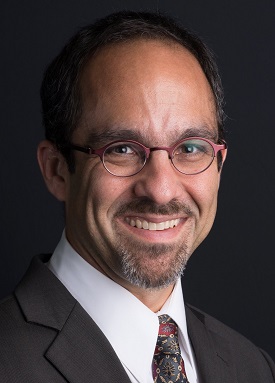
Dr. Hutchens grew up in Maryland and attended Oberlin College. He trained for two years in Internal Medicine and then completed Anesthesiology training at OHSU, followed by Critical Care Medicine fellowship at Brigham &Women's Hospital. He was then recruited back to OHSU as a full-time clinician. While performing full-time clinical duty, Dr. Hutchens initiated research training, focusing on acute kidney injury in a mouse model of cardiac arrest and cardiopulmonary resuscitation. This work lead to NIH-funded research training, which Dr. Hutchens completed in 2016, transitioning from full-time clinician to clinician-scientist in the process. He currently serves as a surgical intensivist in the Portland VA Medical Center Surgical Intensive Care Unit.
Julie Saugstad, Ph.D.

Dr. Saugstad's research is funded by NIH grants from the National Center for Advancing Translational Sciences (NCATS) and the National Institute of Neurological Disorders and Stroke (NINDS). Her NCATS-funded research has identified microRNA biomarkers for Alzheimer's disease(AD) in cerebrospinal fluid (CSF) from living donors, that are being further developed for potential use in the clinical setting. Her studies are part of a newly established Extracellular RNA Communication (ExRNA) Program funded by the NIH Common Fund. She is particularly interested in the role of extracellular vesicles (EVs) and their RNA cargo, such as microRNAs, as novel mediators of intercellular communication and underlying effectors of pathophysiology of neurodegeneration.
Andrei Sdrulla, M.D., Ph.D.
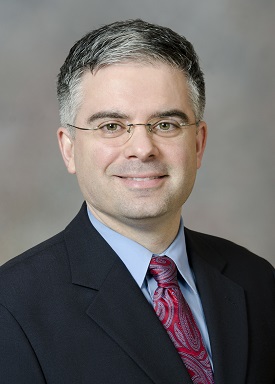
Dr. Sdrulla specializes in the treatment of patients with complex, persistent pain in the spine, cancer pain, neuropathic pain (e.g. complex regional pain syndrome), shingles pain (post herpetic neuralgia) and post-surgical pain. He has advanced training in performing implantations of spinal cord stimulators for the treatment of unrelenting pain. Dr. Sdrulla strongly believes in the multidisciplinary, comprehensive approach to chronic pain championed here at Oregon Health &Science University.
Austin Peters, M.D.

I am an anesthesiologist clinician-scientist focusing on translational neuroscience. My research explores the brain's cellular response to injury and how anesthetic drugs affect recovery. I have previously collaborated with fellow APOM researcher Dr. Laura Villasana and work closely with my mentor, Dr. Eric Schnell. In addition to research, I serve as an anesthesiologist at APOM, with a clinical focus on neuroanesthesia as well as liver transplantation.
In my current research, I am evaluating ketamine's potential role in traumatic brain injury (TBI) treatment and recovery. Using a mouse model, I have identified unique and potentially beneficial effects of ketamine treatment in this setting, and am developing a translational project to explore and apply these findings to human TBI patients
Ines Koerner, M.D., Ph.D.
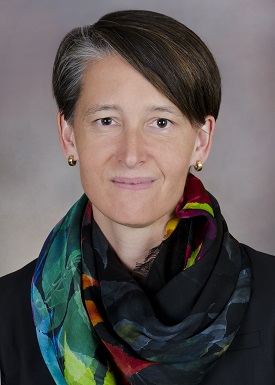
Dr. Koerner is an anesthesiologists and neurointensivist whose research focuses on ways to employ the inflammatory response after brain injury to simultaneously limit injury and enhance recovery. Dr. Koerner completed her anesthesiology residency in Germany and obtained a doctorate degree from Johannes Gutenberg-University in Mainz. After completing post-doctoral and clinical fellowships at OHSU, she joined OHSU faculty as a clinician-scientist. She currently is an Associate Professor and serves as Medical Director of the Neurosciences Intensive Care Unit at OHSU. Her research on the role of microglia after stroke and cardiac arrest has received funding from the NIH and AHA.
Catherine Davis, Ph.D.
Dr. Davis' interest is in cerebrovascular biology, particularly in the endothelial cells lining the intimal surface of blood vessels and their contribution to sex differences, stroke and vascular dementia. Her research follows two main paths. Her work aims to define how the transcription factor STAT3 contributes to microvascular endothelial function in both health and disease, and how its role changes in aging. Her second focus is investigating how ultrasound may be utilized therapeutically in cerebrovascular diseases, including stroke and dementia, and the cellular mechanisms involved.